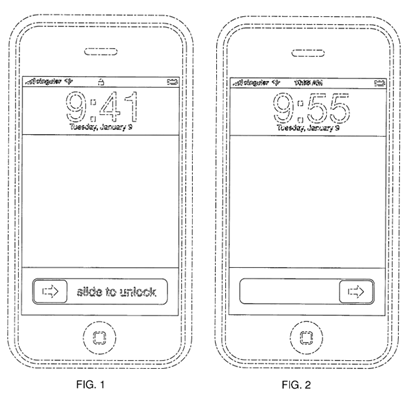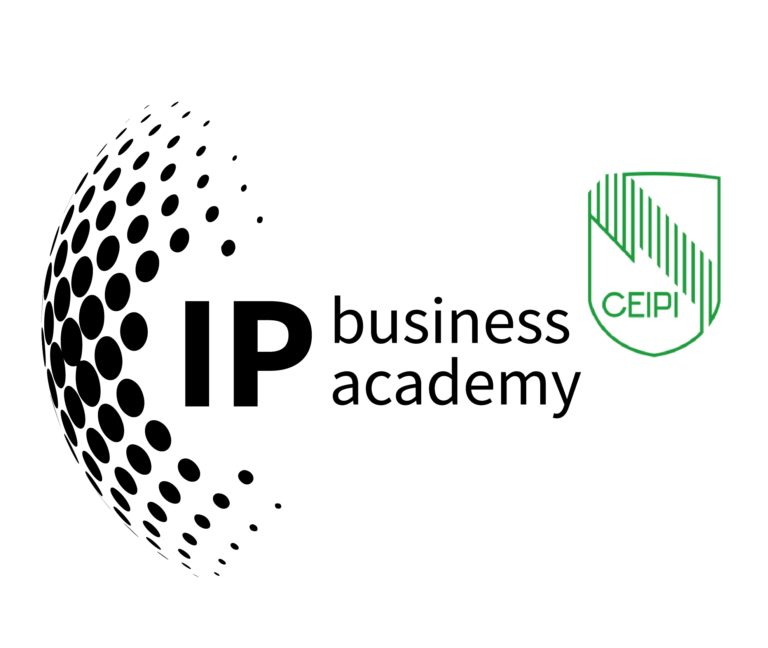Animated User Interface Design Patents in the US: A Case Study of the “Slide to Unlock” Design by Apple®
Abstract
A discussion of how and why companies developing user interface (UI) and user experience (UX) features might use animation design patents in order to bolster their intellectual property (IP) portfolios. The article examines a design patent covering an animated graphical UI (GUI) used for the “Slide to Unlock” feature in order to illustrate benefits and rules for patenting animated UI designs in the US.
____________________
Simple yet elegant. The “Slide to Unlock” feature used by the Apple iPhone® and related products became an instant classic.
Apple® is famous for making products which are incredibly intuitive and user friendly. The “Slide to Unlock” feature perfectly encapsulated the intuitive nature of the company’s designs by presenting users with a simple sliding button with an arrow that allowed users to unlock their devices with a swipe of the finger.
Far from being a stranger to design patents, Apple® owns thousands of US design patents covering various aspects of their products. Among this large number of US design patents, Apple® holds a patent (US D621,849) on the user interface (UI) views displayed when a user unlocks their phone via the “Slide to Unlock” feature.
Here are the two figures of the patent:

As an initial note, US patent law for design patents requires that claimed features be shown in solid lines and disclaimed features to be shown in broken lines. In each of the above figures, most of the design is shown in broken lines. Generally, only the box including the arrow and the bar surrounding that box are shown in solid lines.
Looking at any individual view, one might wonder how this design could possibly satisfy the novelty and non-obviousness requirements of US patent law. After all, most of the lines in this patent application are broken instead of solid.
Surely this “box inside of a box” design lacks novelty, right?
While the patent would appear to simply cover a design of a “box inside of a box” when looking at a single view, the text of the patent reveals more detail about the design being claimed:
The appearance of the image transitions sequentially between the images shown in FIGS. 1-2.
The process or period in which an image transitions to another forms no part of the claimed design.
As a result of this text, the design patent actually covers a transitioning appearance, also known as an animation. This means that the design covered by this patent includes both of the views shown in FIGS. 1 and 2 displayed sequentially (first FIG. 1, then FIG. 2). The period between display of these views (i.e., the time during which the views are transitioning) is not claimed.
While it may have been challenging, if not impossible, for Apple® to secure a patent on either view individually, the combination of these views shown in sequential order was successfully patented. The patent therefore demonstrates how animated UI design patents can be leveraged to provide coverage on additional aspects of a company’s software.
After all, design patents in the US typically offer several advantages compared to utility patents, such as often being:
- Less expensive
- Faster and easier to grant
- Easier to explain to laypeople (such as juries)
Given benefits like these, design patents can nicely complement utility patent coverage in a patent portfolio. Animated UI design patents provide additional flexibility by allowing for covering combinations of views which might otherwise be unpatentable individually.
Additionally, animated UI design patents can be leveraged strategically as contingency plans in case of invalidation. For example, when Apple® and Samsung® squared off in the “Smartphone Wars,” Apple® asserted a utility patent covering the “Slide to Unlock” feature against Samsung®.
While Apple® appeared to initially win this battle, the Federal Circuit ultimately invalidated the utility patent, finding that the functional features were obvious. When in litigation, the risk of invalidation remains present. Rounding out a patent portfolio with additional variants can protect against this risk. In the case of Apple®, rounding out the portfolio with design patents acted as a hedge against invalidation of the utility patents.
These challenges of invalidation can be particularly problematic for software features, which also risk invalidation under 35 USC 101 as lacking subject matter eligibility in addition to potential invalidation for lack of novelty or for obviousness. If drafted properly, design patents are much less prone to being found to lack subject matter eligibility.
In this regard, it is worth noting that a design must be embodied in an article of manufacture such as a piece of hardware in order to be patentable in the US. To avoid limiting a UI design to a particular kind of hardware, the hardware may be shown in broken lines and recited in the title (for example, a title including the words “DISPLAY SCREEN OR PORTION THEREOF”) in order to fulfill the article of manufacture requirement.
In the “Slide to Unlock” example above, note how the display and smartphone are depicted in broken lines. As a result, the hardware on which the GUI is displayed is utilized as the article of manufacture without limiting coverage to the exact shape or other design aspects of that hardware.
Creative use of animations in tandem with careful selection of features to be shown in broken lines can therefore allow for supplementing the coverage of user interactions with UI elements.
Companies developing user interface and user experience (UI/UX) might therefore consider animated UI design patents in order to efficiently round out their patent portfolios.
This article is not legal advice and does not form an attorney-client relationship. The article represents the author’s own views and not those of his employer or clients.
About the author
 Ryan McCormick is a US patent attorney whose work focuses on helping tech startups build patent portfolios, with a particular emphasis on cybersecurity and other software technologies. A strong believer in the power of education and learning, Ryan publishes beginner friendly content regarding US patent law via LinkedIn. Connect to Ryan on LinkedIn here: https://www.linkedin.com/in/ryan-mccormick-patents/.
Ryan McCormick is a US patent attorney whose work focuses on helping tech startups build patent portfolios, with a particular emphasis on cybersecurity and other software technologies. A strong believer in the power of education and learning, Ryan publishes beginner friendly content regarding US patent law via LinkedIn. Connect to Ryan on LinkedIn here: https://www.linkedin.com/in/ryan-mccormick-patents/.



